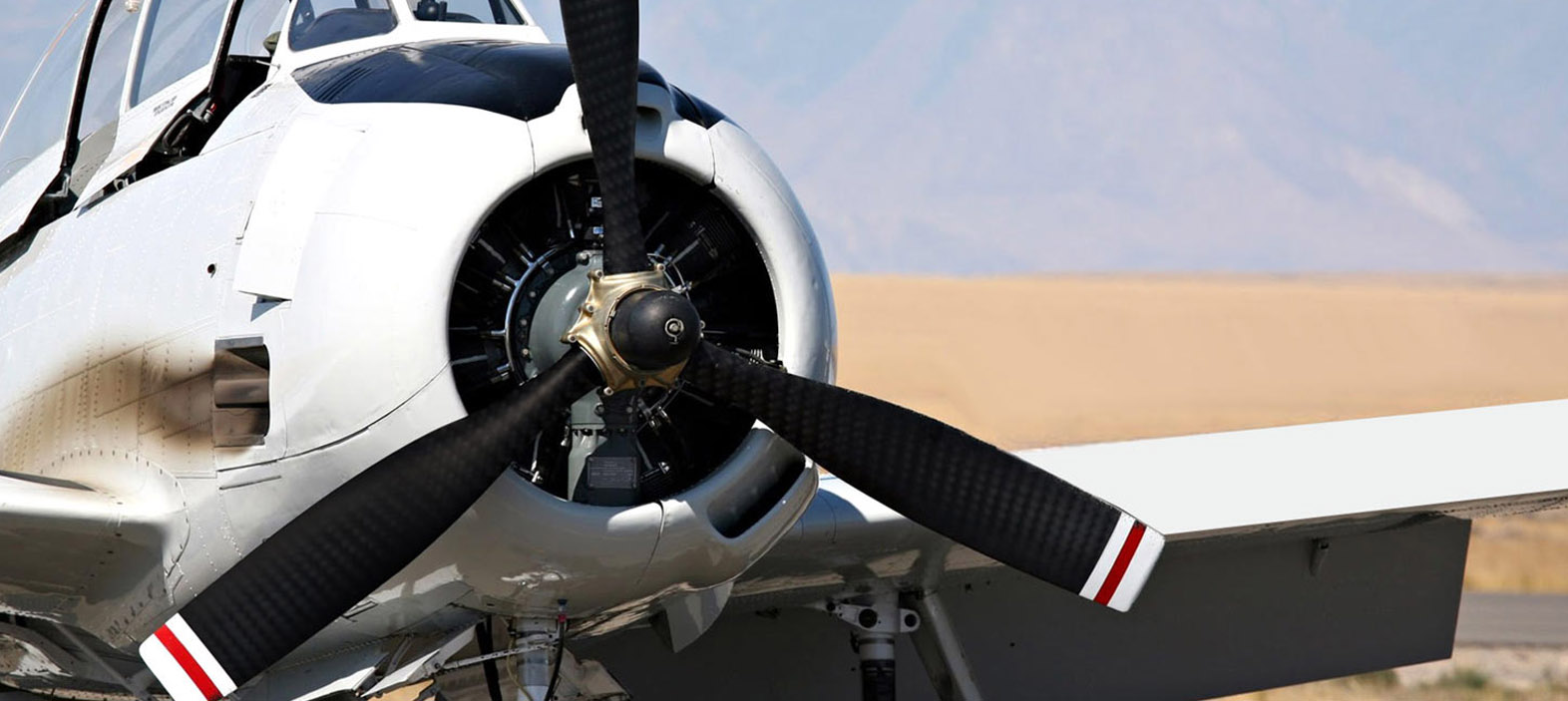
Why Aerospace-Grade Carbon Fiber Is Different from Standard Composites
👁 Reads: 437
Carbon fiber is widely used in industries ranging from aerospace to automotive and sports equipment, thanks to its high strength-to-weight ratio and durability. However, not all carbon fiber composites are created equal. This is due to the different manufacturing processes and quality checks designed for particular applications. Aerospace-grade carbon fiber stands apart due to its superior materials, stringent manufacturing processes, and unmatched performance characteristics.
In this article, we’ll explore the key differences between aerospace-grade carbon fiber and standard composites, shedding light on why the aviation industry demands the highest quality carbon fiber materials.
What Is Aerospace-Grade Carbon Fiber?
Aerospace-grade carbon fiber refers to a specialized form of Carbon Fiber Reinforced Polymer (CFRP) used in aircraft and spacecraft. It is engineered to meet extreme performance standards, including high strength, durability, and resistance to temperature fluctuations.
Unlike standard composites, aerospace carbon fiber undergoes rigorous testing and certification to ensure it can withstand the stresses and environmental conditions of flight. Not all materials can take the place of aircraft-grade CFRP.
Key Applications of Aerospace-Grade Carbon Fiber
High-strength carbon fiber composites can be used in aerospace applications in various ways. From the structure to give high performance including low weight, high strength, anti-corrosion characteristics
- Aircraft Structures – Used in fuselages, wings, and tail sections of modern aircraft like the Boeing 787 and Airbus A350.
- Spacecraft Components – Utilized in satellites and rocket components for weight reduction and durability.
- Unmanned Aerial Vehicles (UAVs) – Helps reduce weight while maintaining high performance in drones and military UAVs.
Understand the Differences in Materials
To understand the difference in carbon composite materials, one has to understand the process of manufacturing the composite.
Aerospace-Grade Carbon Fiber
- Made from high-purity polyacrylonitrile (PAN)-based fibers or pitch-based fibers.
- Requires high tensile strength and modulus, often exceeding 700 ksi (kilopounds per square inch).
- Uses high-performance epoxy resins with excellent thermal and mechanical properties.
- Often found in prepreg (pre-impregnated) form, ensuring precise fiber-to-resin ratios.
Standard Carbon Fiber Composites
- Typically derived from lower-grade PAN fibers.
- Lower tensile strength, usually in the range of 300-500 ksi.
- Uses general-purpose resins (e.g., polyester or vinyl ester) rather than aerospace-grade epoxies.
- Available in dry fabric or low-cost chopped fiber composites.
Differences in the Manufacturing Process
The production of aerospace-grade carbon fiber involves highly controlled and precise processes to ensure consistent quality.
Aerospace Manufacturing Methods
So, let’s explore more on the aerospace carbon fiber manufacturing process.
- Carbon Fiber Prepreg & Autoclave Curing
- Prepreg sheets are pre-impregnated with resin and stored in controlled environments.
- Parts are cured in an autoclave, a high-pressure, high-temperature chamber, to eliminate voids and imperfections.
- This ensures flawless bonding and maximum mechanical strength.
- Advanced Quality Control
- Aerospace composites undergo X-ray or ultrasonic inspections to detect internal defects.
- Non-Destructive Testing (NDT) is used to ensure structural integrity without damaging the material.
Standard Composite Manufacturing Methods
- Wet Lay-Up and Hand Lay-Up
- Carbon fiber fabric is manually coated with resin and cured at room temperature.
- Less control over fiber-to-resin ratio, resulting in inconsistencies.
- Resin Transfer Molding (RTM) & Vacuum Bagging
- RTM involves injecting resin into a mold under pressure.
- Less precise than autoclave curing and prone to voids.
Performance & Structural Integrity
Strength & Stiffness
Aerospace-grade carbon fiber composites offer significantly higher tensile strength, stiffness, and fatigue resistance compared to standard composites.
Thermal and Environmental Resistance
Aircraft experience extreme temperature variations from scorching tarmac heat to freezing altitudes. Aerospace carbon fiber is designed to withstand these conditions, whereas standard composites may degrade or become brittle over time.
Lightweight Advantage
Reducing weight is critical in aviation. Aerospace-grade CFRP is designed for optimal weight reduction without compromising safety, a factor that standard composites may not prioritize to the same extent.
Aerospace vs. Automotive Carbon Fiber
While both the aerospace and automotive industries use carbon fiber, they have different requirements:
Feature |
Aerospace Carbon Fiber |
Automotive Carbon Fiber |
Strength |
Ultra-high strength |
High strength, but lower than aerospace |
Resin Type |
Aerospace-grade epoxies |
More affordable epoxy or polyester resins |
Manufacturing |
Autoclave curing, prepreg use |
RTM, infusion, or wet lay-up |
Quality Control |
Stringent (NDT, X-ray, ultrasound) |
Moderate (visual inspection, tensile tests) |
Cost |
Extremely high |
More affordable for mass production |
Aerospace-grade carbon fiber is fundamentally different from standard composites in terms of material composition, manufacturing precision, and performance requirements. Designed for extreme durability, lightweight efficiency, and rigorous safety standards, it stands as a pinnacle of engineering excellence in the aviation and space industries.
While automotive and consumer applications benefit from carbon fiber technology, aerospace-grade CFRP remains in a league of its own, ensuring the safest and most efficient flight experiences possible.





